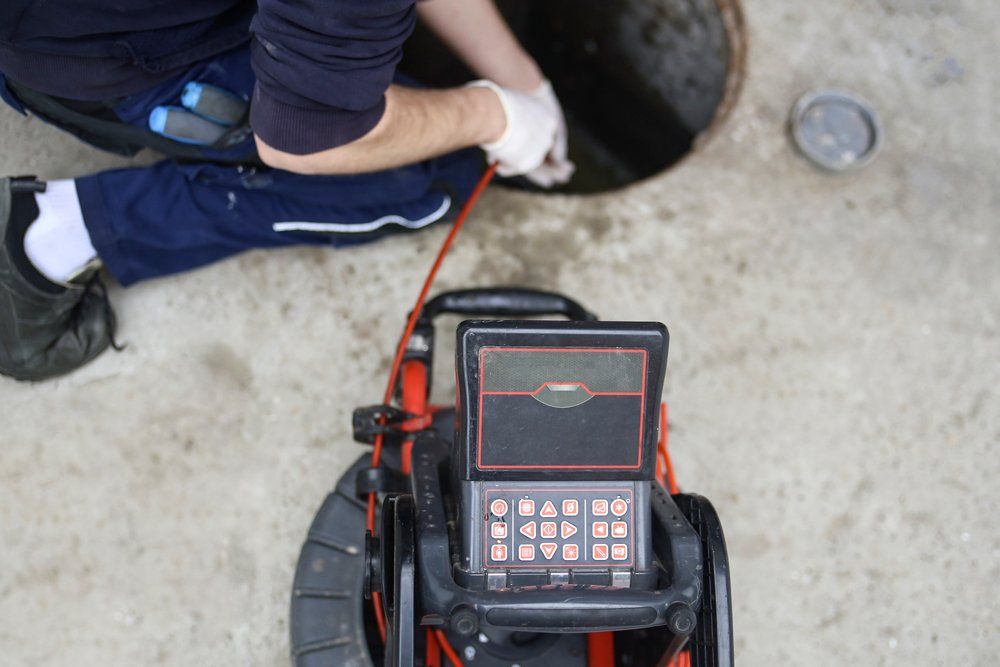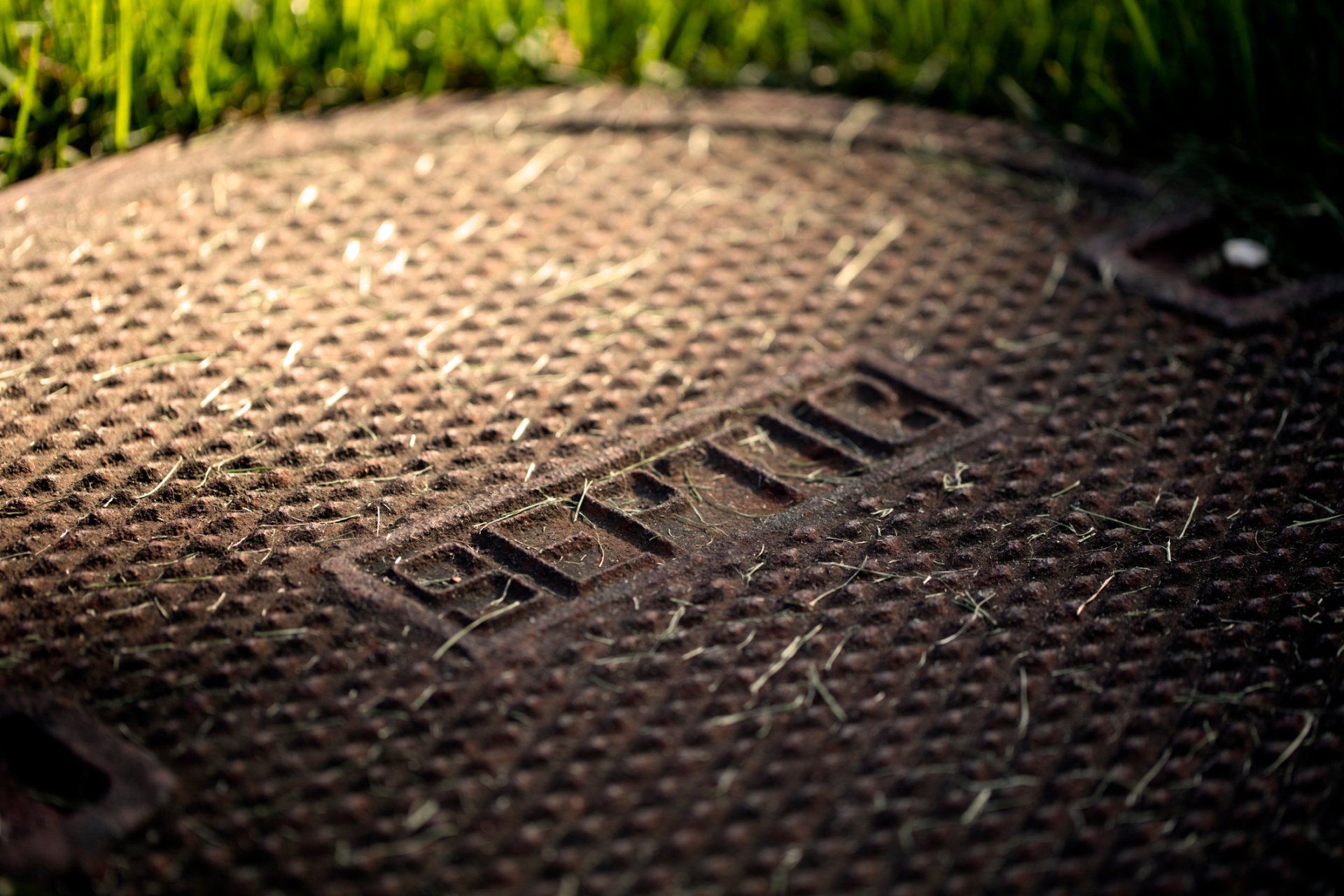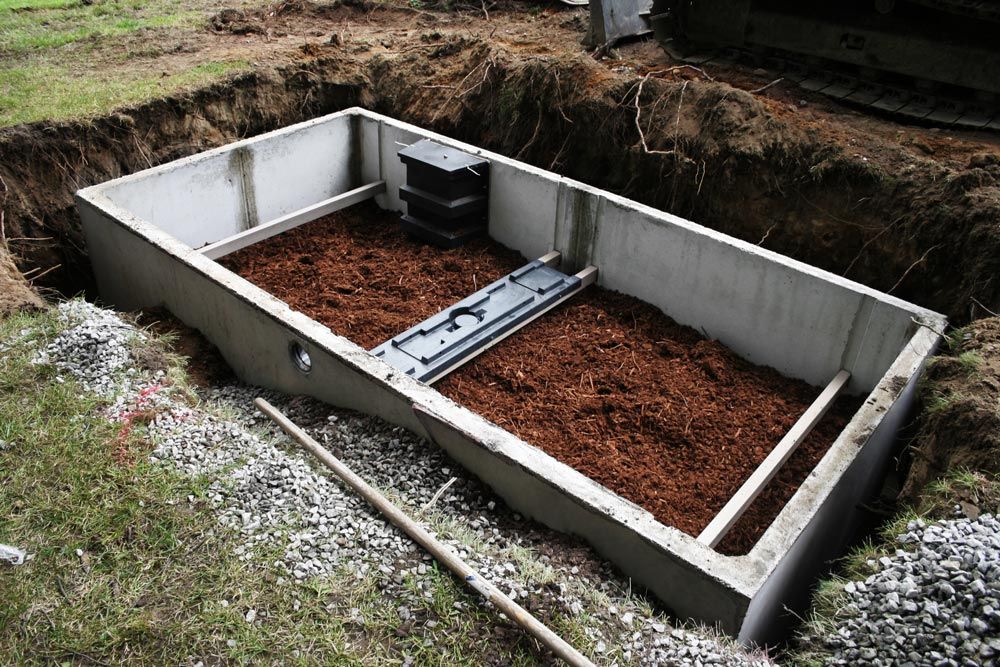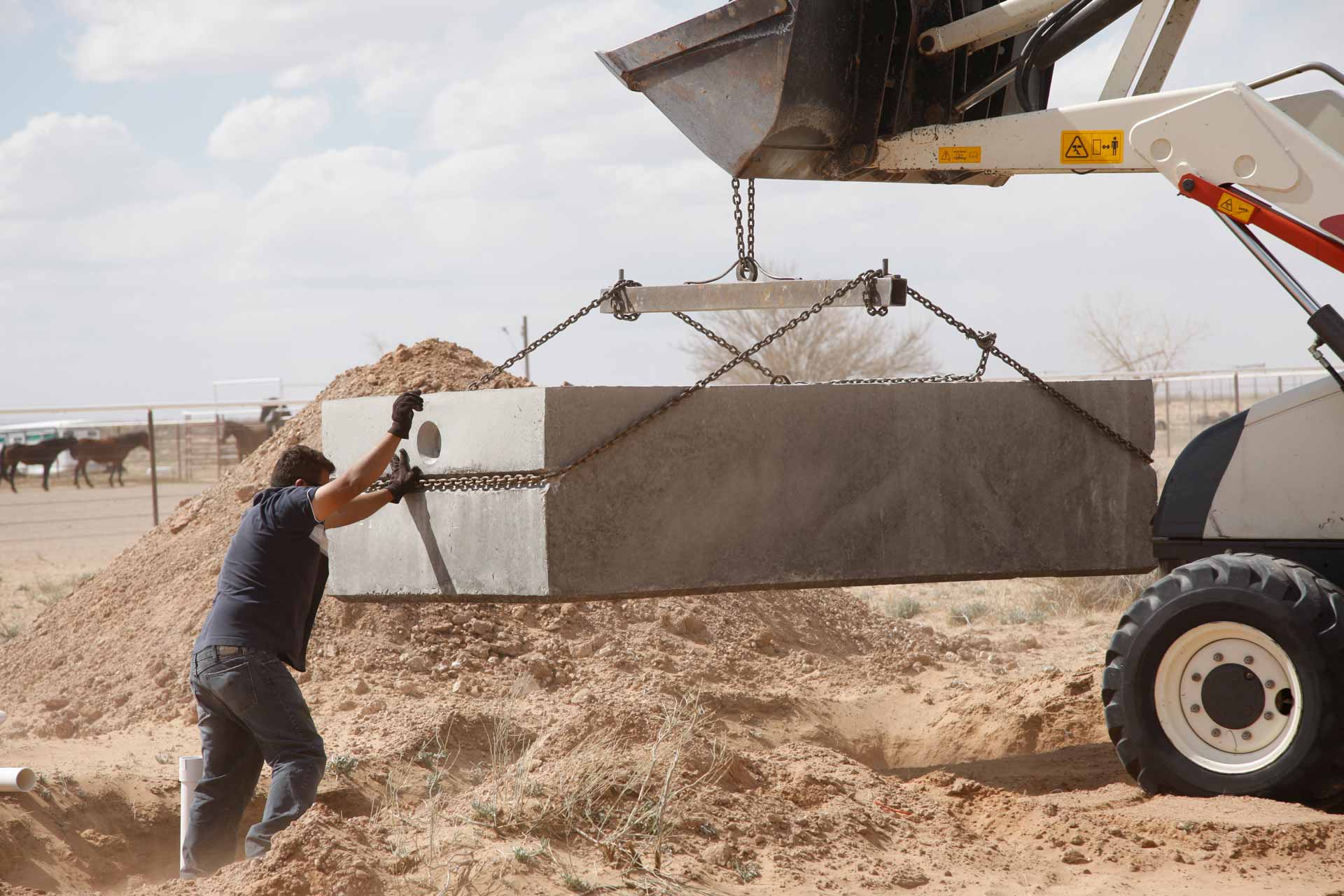How to Maintain the Grease Trap in Your Commercial Kitchen
A grease trap is probably isn't the most exciting piece of equipment in your restaurant, take-out, or other commercial food kitchen. However, it also may be one of the most important. A malfunctioning grease trap can impact your customers' experience, your employees' working environment, the effect of your operation on the local community, and your business's standing with health and safety regulatory agencies.
What Is a Grease Trap?
A grease trap, also sometimes known as a grease interceptor, is a plumbing fixture designed to catch the fats, oils, and greases (FOG) produced in food processing and often washed down the drain. Grease traps can be small affairs located inside, often around the sink area. Or they can be large exterior traps, often underground, capable of holding hundreds to thousands of gallons.
How Do They Work?
Wastewater carrying FOG flows from your kitchen's drains into the grease trap's tank. There, the FOG rises to the top of the tank and is kept by a baffles system from flowing with the water into the sewer pipes.
What Happens if the Grease Trap Is Not Well Maintained?
A clogged or otherwise malfunctioning grease trap can have deleterious effects on all aspects of your food operation. It can:
- Emit a stench that doesn't disappear no matter how much you clean
- Cause drain clogs and sewage overflows in your establishment, requiring expensive repairs and remediation
- Bring about regulatory penalties and even business closures
- Lead to FOG and other contaminated wastewater overflow entering the sewer pipes and polluting local groundwater
What Can I Do to Avoid a Non-Maintained Trap?
On a day to day basis, there are a number of steps you can take to keep your grease trap in top working order. These include:
- Don't pour grease down the drain but instead collect it in bins disposed of by a waste management contractor.
- Scrape plates before rinsing to further remove grease.
- Install screens under the drains in your sinks to catch FOG before it enters the pipes.
- Use disposals for non-greasy foods only.
- Wipe up grease spills with a paper towel to keep as much FOG as possible away from the drain.
- Train employees in appropriate grease management practices.
- Have your grease trap inspected and cleaned regularly by experienced technicians familiar with your local health, safety, and environmental regulations.
How Do I Know When I Need to Have the Grease Trap Cleaned?
How often to call in the professionals to clean your grease trap depends on its size and the extent of your kitchen operation. However, the time between cleanings should never exceed three months. Signs that you might need more frequent service include:
- Blocked pipes or foul smells
- Levels in your grease trap tank more than 25% FOG
- Grease leaked onto floors and surfaces
Of course, you should always look for a company with the appropriate experience and certifications in grease trap maintenance to take care of your regular cleanings. The rules governing grease trap services vary between states and localities. In California, for example, the law requires that the company cleaning your grease trap be:
- Licensed, approved, and permitted
- Operating a pump truck and dumping at an approved sewage plant
- Certified by the California State Food and Agriculture Department
The cost to your food operation of ignoring proper maintenance of your grease trap is high - unpleasant customer experience and workplace, pollution of the local groundwater, expensive plumbing repairs, legal sanctions, and even business closure. Keeping the grease trap clean may be the least glamorous task you have, but making sure that it's done well can make or break your business.
Give us a call at Pete's Outflow Techniciansto talk more about how you can keep the grease trap in your commercial kitchen clean and operating smoothly.









